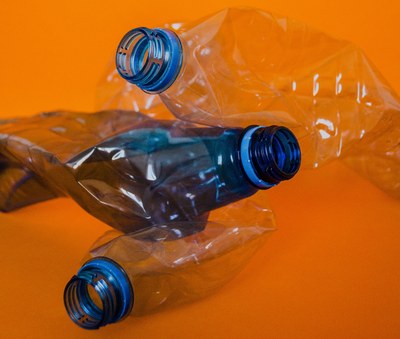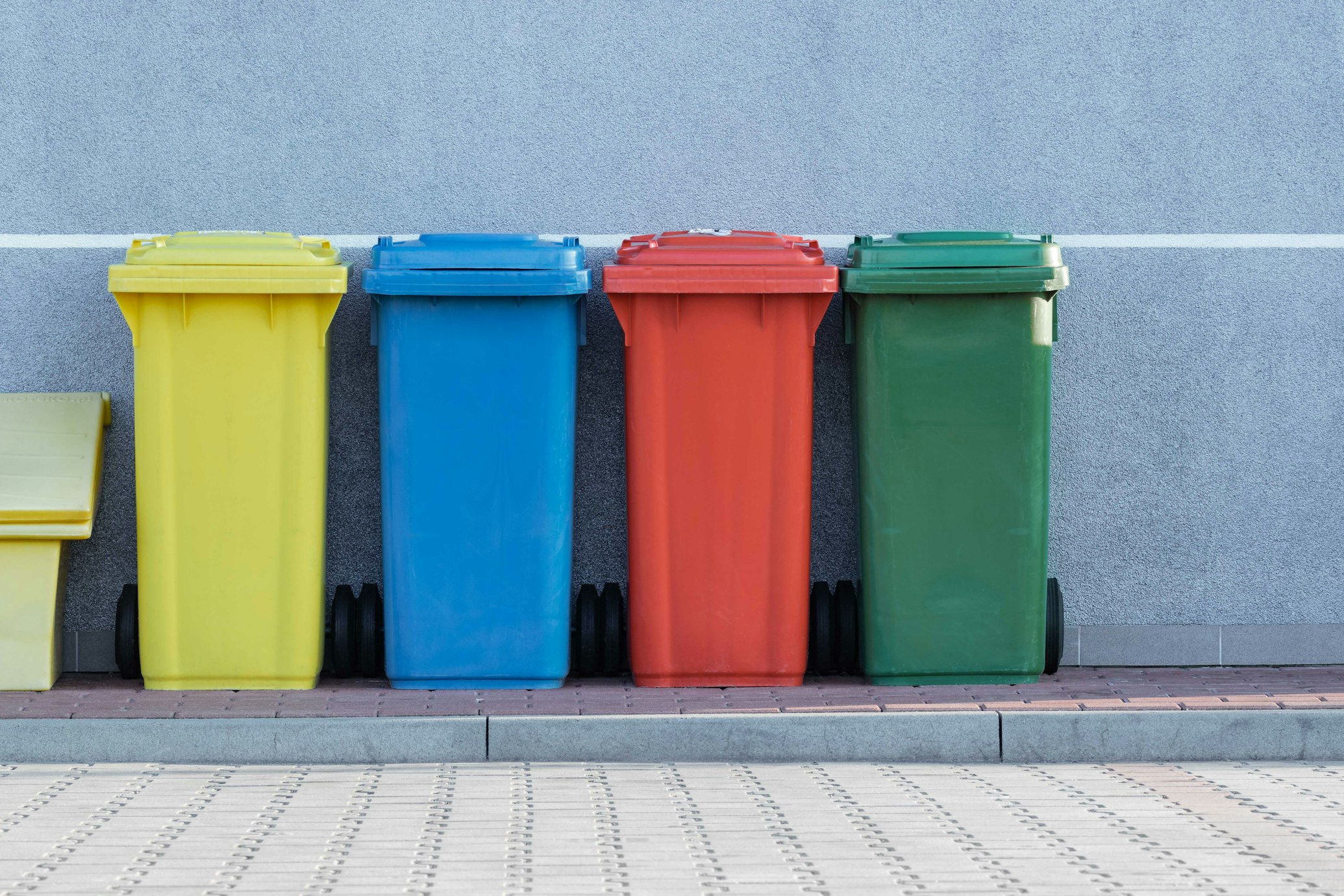All official European Union website addresses are in the europa.eu domain.
See all EU institutions and bodiesPlastic items found per 100 m on European sea beaches has reduced by 29% from 2015-2016 to 2020-2021.
The overall trends of sea and beach litter show significant improvement, but it is evident that we are far from reaching the “Good Environmental Status” in European beaches in terms of marine litter. The threshold value for beach litter “Good Environmental Status” was defined as 20 macro litter items/100 m of beach strip by the EU Technical Group on Marine Litter and stated in the Marine Strategy Framework Directive (MSFDa). Applying this threshold value reveals that the overall median values of beach litter exceed the threshold in three out of four European seas.
In 2020-2021 the Black Sea’s beaches show highest levels of beach litter items/100 m of beach strip (684), followed by the Mediterranean Sea (233), and the North-east Atlantic Ocean and North Sea (173), whereas the Baltic Sea (16) show significantly lower levels of beach litter in comparison. The values suggest a downward trend in all regions studied. The Baltic Sea shows the most significant improvements (-45%), followed by the Mediterranean Sea (-38%), the Blanc Sea (-30%) and the North-east Atlantic Ocean and North Sea (-13%).
The 10 most found plastic waste items on Europe’s beaches are as
· Cotton buds
· Cutlery, plates, straws & stirrers
· Sticks for balloons and balloons
· Food containers
· Cups for beverages
· Beverage containers
· Cigarette butts
· Bags
· Crisp packets/ sweet wrappers
· Wet wipes and sanitary items
The improvement in litter found on beaches can be attributed to policy actions implemented through EU legislation (e.g. the Marine Strategy Framework Directive (2008/56/EC), Single Use Plastics Directive (EU/2019/904, and Plastic Bags Directive (EU/2015/720).
- ↵
- ↵ARCADIS 2013. Marine Litter study to support the establishment of an initial quantitative headline reduction target – SFRA0025. European Commission DG Environment. Project number BE0113.000668. http://publications.europa.eu/resource/cellar/fbf5bec4-a90b-4eac-af0e-c322ac7f6f63.0001.01/DOC_1




